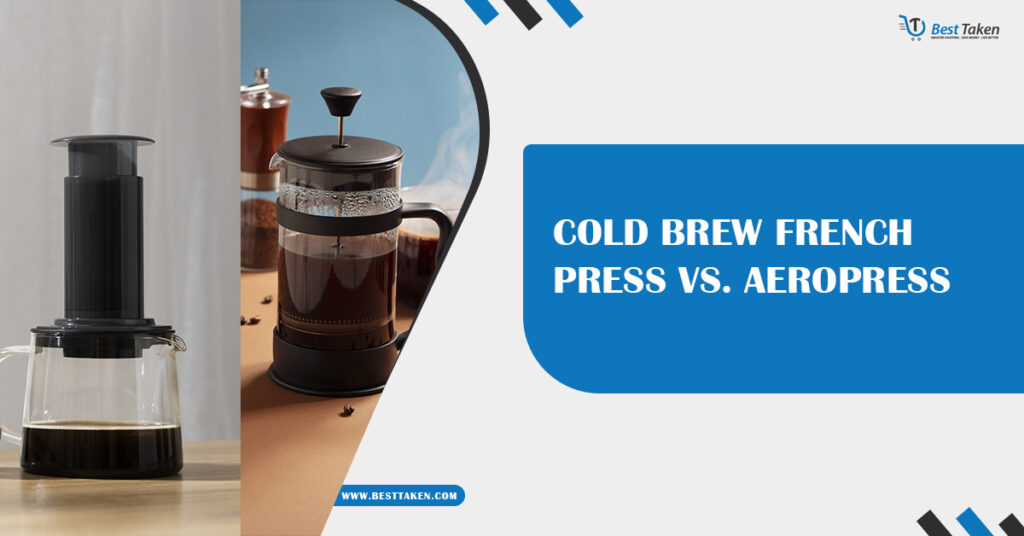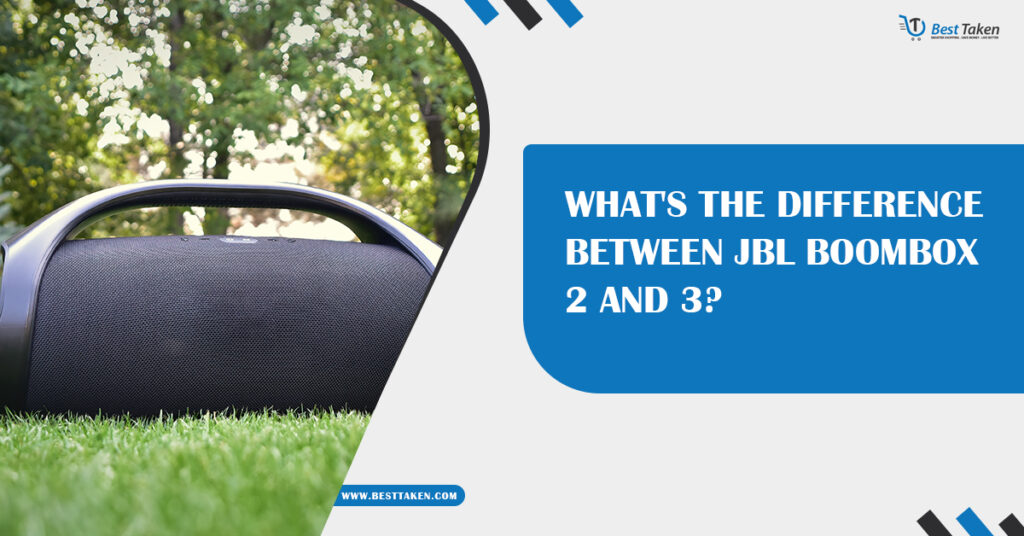Cold brew French Press vs. Aeropress, When it comes to crafting the perfect cup of coffee at home, two popular brewing methods stand out—Cold Brew using a French Press and the Aeropress. Both methods are loved for their ease of use, minimal equipment, and ability to create delicious coffee, but they produce different results in terms of taste, brewing time, and convenience.
This article post delves into the pros and cons of each method, comparing cold brew french press vs aeropress to help you decide which suits your coffee-making needs best.
Cold Brew French Press vs. Aeropress: A Step-by-Step Detailed Comparison
1. Brewing Method
Cold Brew French Press
The French Press is a classic immersion brewing method, ideal for making cold brew due to its ability to steep coffee grounds for an extended period. Cold brew with a French Press involves coarsely ground coffee soaked in cold water for 12-24 hours. The steeping time allows the coffee to extract slowly, resulting in a smooth, less acidic brew.
- Process: Mix coarsely ground coffee and cold water in the French Press, stir, cover, and let it sit in the refrigerator for 12 to 24 hours. After steeping, press down the plunger to filter the grounds and enjoy your cold brew concentrate.
- Brew Time: 12 to 24 hours (depending on preference).
- Coffee Grounds: Coarse grind to prevent the grounds from slipping through the mesh filter.
- Result: A smooth, mellow coffee with low acidity and less bitterness, making it perfect for iced coffee or milk-based drinks.
Aeropress
The Aeropress is known for its versatility and speed, but it can also be used to make a type of cold brew. This method uses a faster brewing time by using a higher coffee-to-water ratio and finer grounds, followed by pressure extraction. Cold brew with the Aeropress typically takes just a few minutes, which is much faster than traditional cold brewing methods.
- Process: Use finely ground coffee, mix with cold water, and stir. Then, insert the plunger and press after a brief steeping period of around 1 to 2 minutes.
- Brew Time: 2-3 minutes for a concentrated cold brew.
- Coffee Grounds: Fine to medium-fine grind to achieve proper extraction within a short time.
- Result: A stronger, more concentrated coffee that can be diluted with water, milk, or used in iced coffee. The acidity and flavor are more pronounced compared to traditional cold brew.
2. Flavor Profile
Cold Brew French Press Flavor
Cold brew made with a French Press is renowned for its rich, mellow flavor. Because the coffee is steeped for such a long time, it has lower acidity, making it ideal for those who prefer a smoother cup without the bitterness commonly found in hot coffee. The cold brewing process also highlights chocolatey or nutty notes in the coffee, and it’s less likely to have any burnt or overly acidic flavors.
Aeropress Flavor
Coffee made with an Aeropress, even for cold brew, tends to have a more vibrant and complex flavor profile compared to the French Press method. The rapid extraction method Aeropress uses often results in a bolder and more acidic brew, with pronounced fruity or floral notes, depending on the type of coffee bean used. While it’s still smooth, the flavors are more intense, making it better suited for those who enjoy a more robust and dynamic coffee experience.
3. Ease of Use
Cold Brew French Press
The French Press is simple to use, especially for cold brew. You just mix water and coffee grounds and let them steep overnight. The only tricky part may be figuring out how long you prefer to steep your coffee for the desired strength. However, pressing the plunger after long steeping can sometimes require extra effort, especially with finer coffee grounds.
- Pros: Easy to set up, minimal attention required during brewing.
- Cons: Long brewing time; the plunger can clog with finer grounds.
Aeropress
The Aeropress is often lauded for its ease of use and portability. It quick to set up, and since it’s designed to brew coffee under pressure, it requires less steeping time. Cleaning the Aeropress simple the coffee grounds compacted into a puck that easily discarded after brewing.
- Pros: Fast brewing, compact, easy to clean.
- Cons: Requires a bit more manual effort to press, and dialing in the right coffee-to-water ratio might take practice.
4. Portability and Durability
French Press
The French Press is generally bulkier and made of glass, though some versions come in stainless steel. It’s not as portable, making it less convenient for travel or brewing coffee on the go. It’s best suited for home use or in a controlled environment where the fragile parts, like glass, are less likely to break.
- Pros: Great for home brewing, durable (if using stainless steel models).
- Cons: Bulky, less portable.
Aeropress
The Aeropress, on the other hand, is highly portable and made of durable plastic, making it an excellent choice for travel, camping, or even brewing coffee at the office. Its lightweight design and compact size make it one of the best options for coffee lovers on the move.
- Pros: Extremely portable, lightweight, durable.
- Cons: Smaller brewing capacity (usually 1 to 2 cups at a time).
5. Price and Availability
Both the French Press and Aeropress are affordable coffee-making devices, but their prices vary slightly depending on the brand and model.
- French Press: A basic French Press found for around $20-$50, depending on the material (glass or stainless steel).
- Aeropress: The Aeropress typically priced in the range of $30-$40 and includes paper filters. Some people prefer reusable metal filters, which purchased separately.
Both brewing methods are widely available and purchased from major retailers or online.
6. Which is Better for You?
Choose Cold Brew French Press If:
- You prefer smooth, low-acid coffee.
- You don’t mind waiting for 12-24 hours for your coffee.
- You enjoy iced coffee or coffee-based beverages with milk.
Choose Aeropress If:
- You want a versatile coffee maker that can brew hot coffee, espresso-style coffee, and cold brew.
- You prefer a quicker cold brew method with a strong, bold flavor.
- You need a portable coffee maker for travel or the office.
Conclusion
Cold brew french press vs aeropress have their unique advantages when it comes to making cold brew coffee. The French Press excels in creating smooth, low-acid coffee over a long period, perfect for those who prefer a mellow cup. The Aeropress, on the other hand, offers versatility, quick brewing time, and a more robust flavor, making it ideal for coffee enthusiasts who enjoy a bolder, more intense brew. Choosing between the two depends on your brewing preferences, time, and the kind of coffee experience you’re after.



